Surprising facts about America's most popular dishes
Nuggets of knowledge
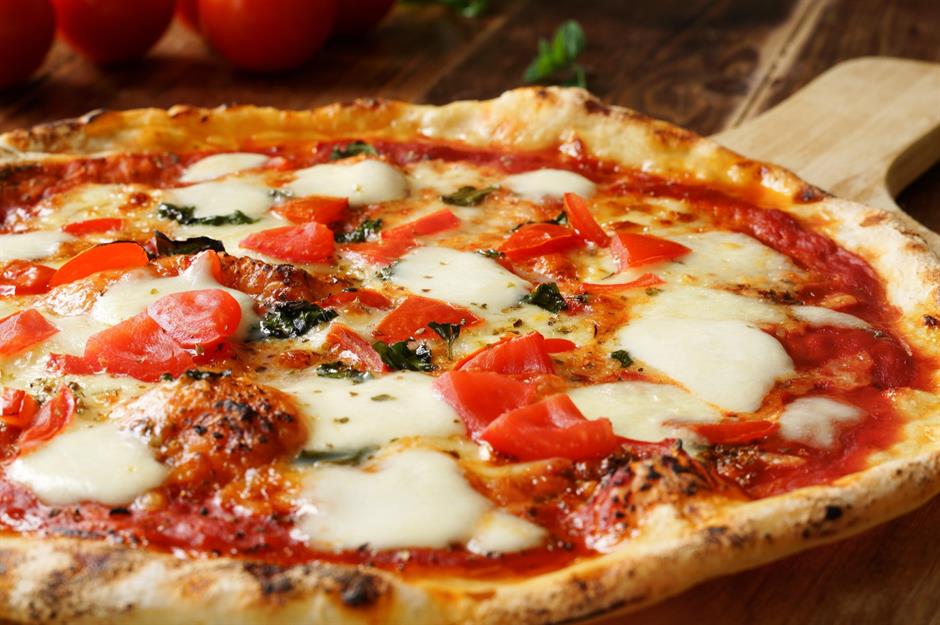
Adding tomato to clam chowder was nearly criminalised
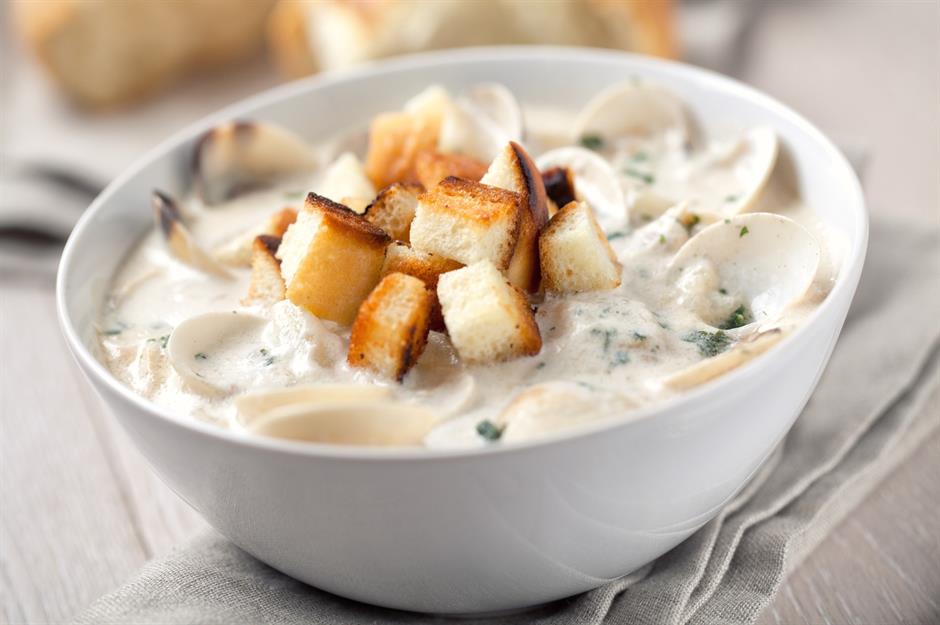
A divisive dish, clam chowder has always split opinion. New Englanders insist it should be made with cream, clams, potatoes and onions, whereas those in the Manhattan camp are passionate about a tomato broth. But in 1939, politician Cleveland Sleeper took it to the extreme and tried to introduce a bill to criminalise the latter. Luckily, the issue was settled with a competition instead and cream chowder won.
Americans eat over a billion buffalo wings on Super Bowl weekend
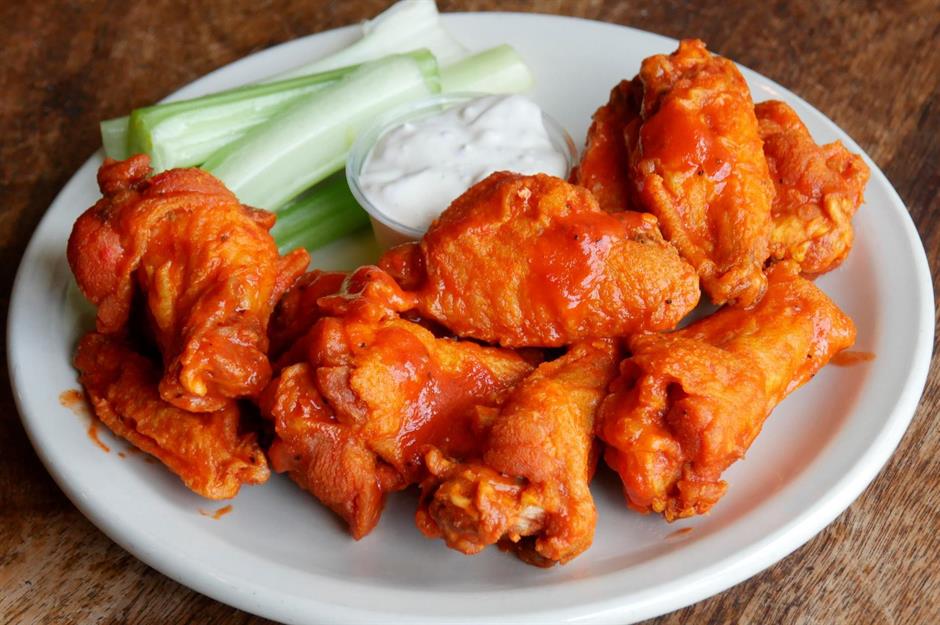
Nothing beats deep-fried, spicy sauce-covered wings served with celery and blue cheese dip while you’re watching a big game. And there’s one day of the year Americans eat more of them than any other. On Super Bowl Sunday the country consumes a whopping 1.4 billion wings, which is more than four for every person.
Ears of corn have an even number of rows
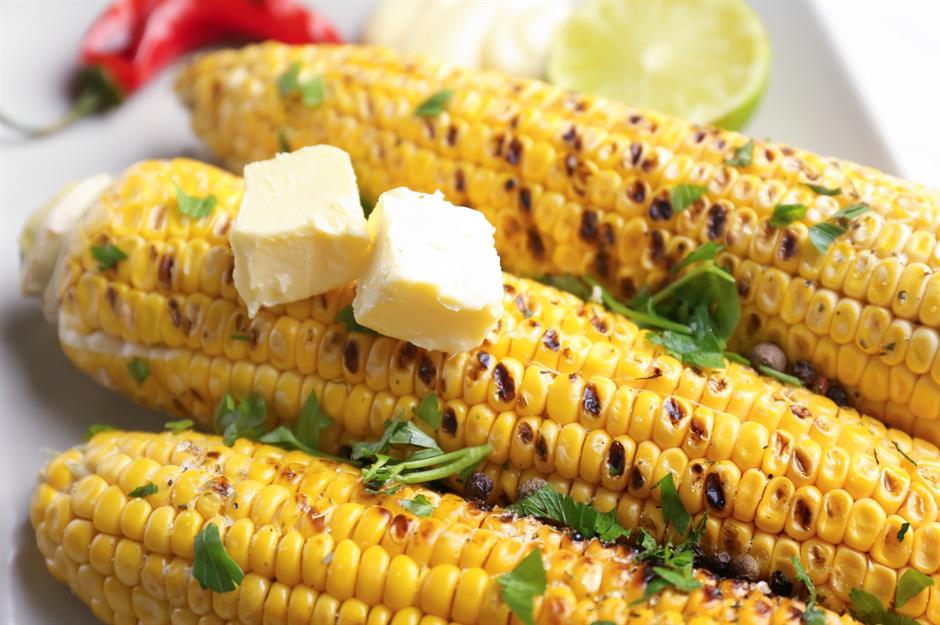
Here's a fun fact about corn you’ve likely never noticed: ears of maize usually have an even number of rows of kernels. One of nature’s curiosities, the reason is the spikelets grow in pairs. Go ahead and count them next time you’re grilling a cob on the barbecue.
French fries are probably Belgian
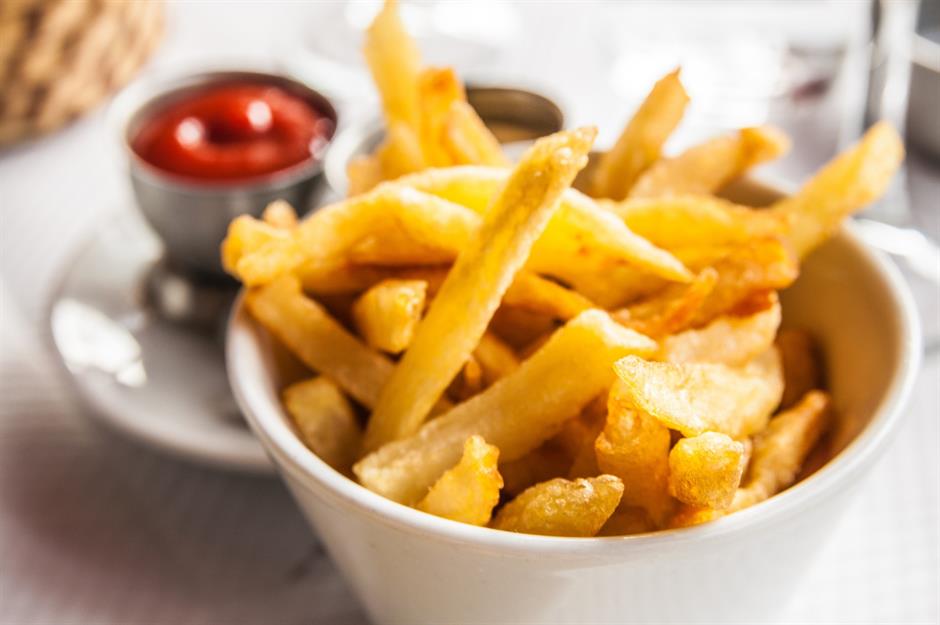
Despite the name, there’s a good case for the French fry being invented in Belgium, where a narrow, double-fried chip first appeared in writing in the early 20th century. Meanwhile the French argue vendors sold pomme Pont-Neuf (crisp and chunky chopped potatoes) as early as the late 18th century.
Pepperoni rolls originated as a meal for coal miners
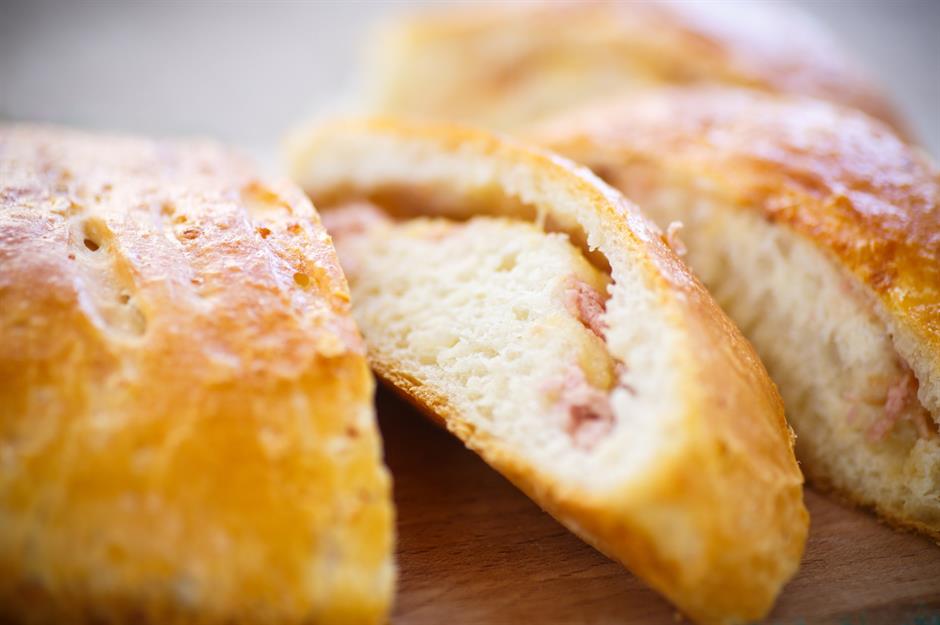
West Virginia’s most popular snack, pepperoni rolls originated as a meal for coal miners. Similar to Italian stromboli (pizza or bread dough with cheese, meat or veg inside), pepperoni rolls are cured meat baked inside Italian bread. These days you get them in gas stations and bakeries, but they were originally made to be eaten as a one-handed snack by pit workers.
It takes 3,000 litres (660 gallons) of water to make one hamburger

When you think about how much water you use a day, you probably only consider washing dishes and showering, but not what you eat. But did you know a 150g (5oz) burger requires 3,000 litres (660 gallons) of water to produce? It’s mainly used for watering crops to make animal feed and for drinking water.
The word taco means light lunch
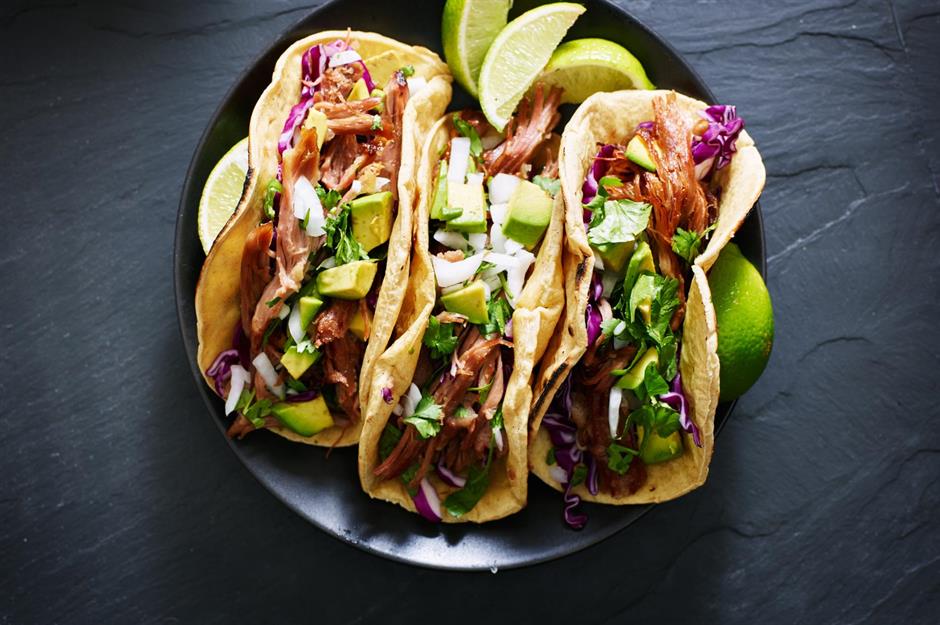
A word that’s always a pleasure to hear, taco literally translates to “plug”, “wadding” and “light lunch” from Spanish. A corn tortilla stuffed with seasoned meat or fish and fresh garnishes such as onion and coriander, is the perfect light lunch in our eyes.
There are no beans in Texas chilli
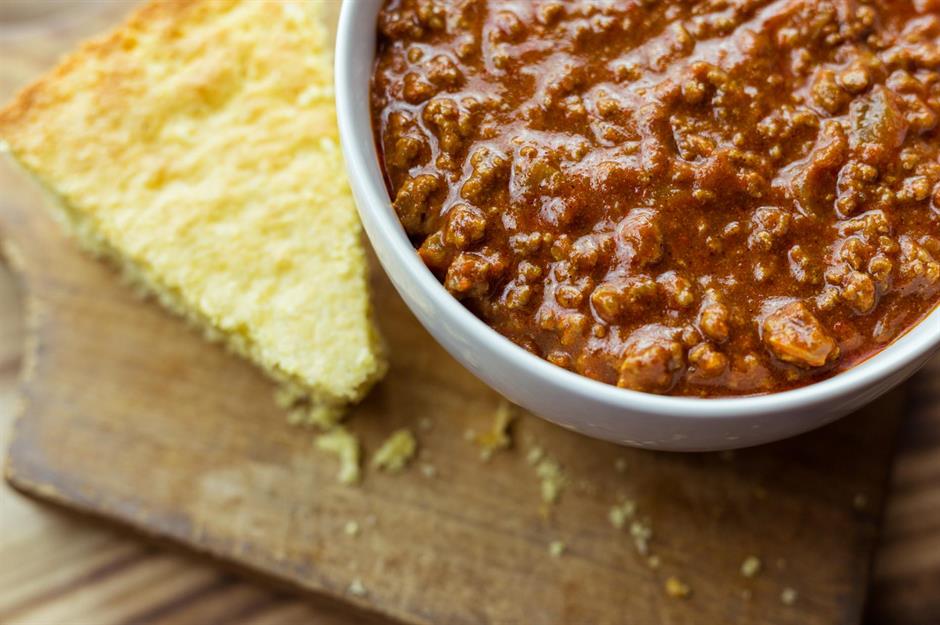
In other parts of the world, Texas’ state dish is a spicy stew of minced beef, tomatoes, chillies and beans. However, in Texas, a bowl o’ red has two main ingredients: beef chuck and homemade chilli paste, plus a few other flavourings such as cumin, onion and garlic. No tomatoes or beans in sight.
Apple pie isn’t American

“As American as apple pie” is a saying you often hear, but apple pie isn’t actually American. Apple varieties were brought to the country from Asia by colonists and bred in the 1800s. Meanwhile, pies containing the fruit were baked in England as early as 1381. Nonetheless, the country has made the dish its own.
Key lime pie was probably invented in New York
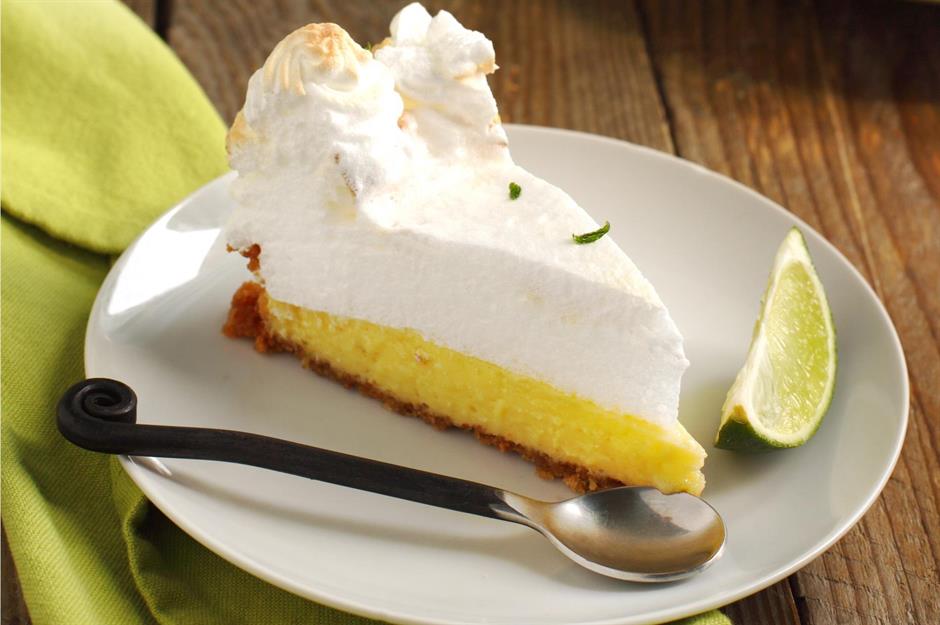
The citrus pie you know as Florida’s national dish is thought to have been invented in New York, not Key West. Though the coastal town is known for its extra-tart limes, perfect for making the dish, the earliest known recipe was printed at the Borden milk company’s test kitchen in New York in 1931. It was created to sell more condensed milk.
Burgers can contain meat from more than 100 different cows
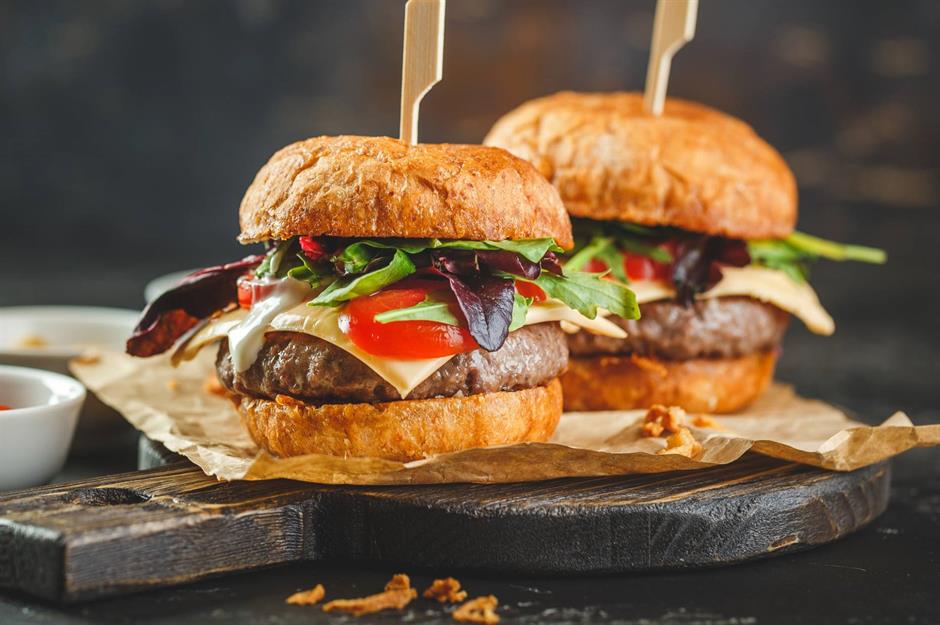
Though it’s nicer to believe one cut of meat from a single cow has gone into the patty inside your burger, this only usually happens at restaurants that grind their beef in-house. The reality is minced beef from supermarkets and fast food chains can contain a mix of cow tissue from more than 100 animals as it’s cheaper for big distributors to work this way.
Pound cake originally contained a pound of every ingredient
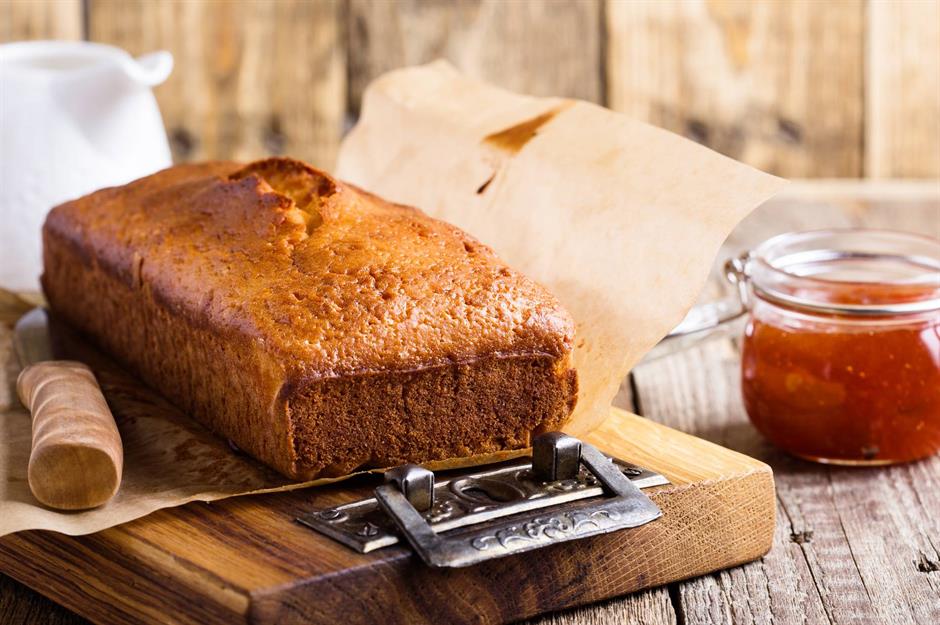
This rich dense sponge isn’t called pound cake because it weighs a pound, it was given its name because the recipe originally contained a pound of each ingredient: flour, eggs, butter and sugar. This would create a sweet bake twice the size of modern pans so contemporary recipes usually call for far more reasonable quantities.
Chocolate fondue used to be made with Toblerone
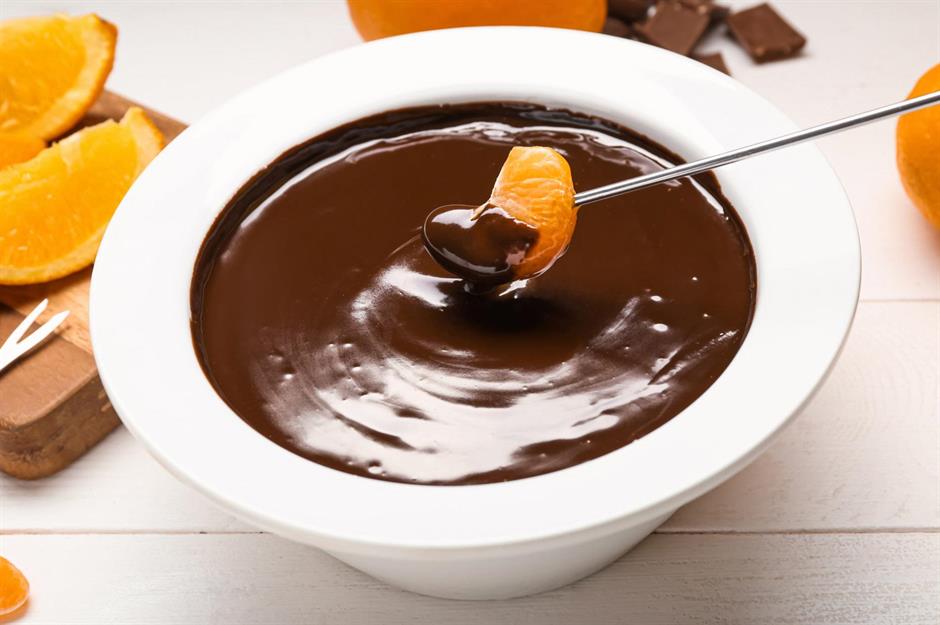
The kitsch dish of smooth, melted chocolate served with sliced fruit and marshmallows makes a great throwback dessert. But did you know the original recipe from the 1960s, served at Chalet Suisse in New York, was cream, kirsch and Toblerone? We like the idea of adding booze but the texture sounds a little lumpy to us.
Eggs Benedict may have been inspired by a hangover

Did you know this brunch favourite may have been invented by a hungry and hungover Wall Street broker? Legend has it Lemuel Benedict walked into New York City's Waldorf Hotel in 1894 and ordered buttered toast, poached eggs, crisp bacon and hollandaise, and the hotel maître d' was so impressed it was made a permanent fixture. Next time you order the dish the morning after a late night, give old Benedict a thought.
Graham crackers were invented to suppress passion

You eat them on camping trips with squidgy chocolate and toasted marshmallows sandwiched between them, but graham crackers were invented for a very different purpose. Sylvester Graham, a puritanical 19th-century minister, designed the plain, grain-based crackers to suppress passion in people, as he believed flavourful food was responsible for stimulating ungodly feelings.
Most wasabi in America is horseradish
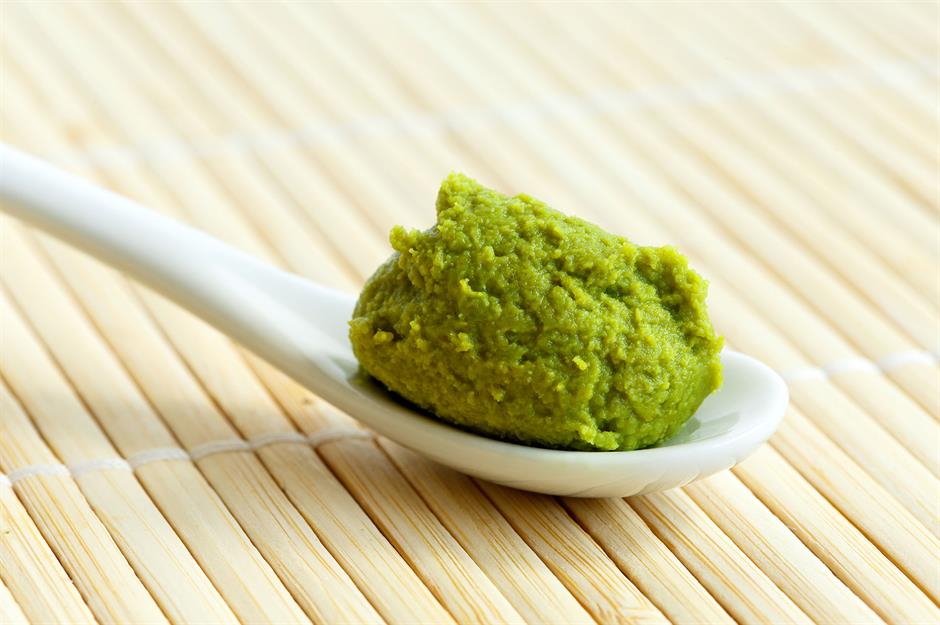
Outside of Japan, horseradish mixed with mustard and food colouring, or a mix of horseradish and wasabi, is a common replacement for pure wasabi as it's cheaper. Real wasabi made from a root called wasabia japonica is more herbal and less harsh-tasting than the stuff usually served with sushi in the US.
Nachos were named after a man called Nacho
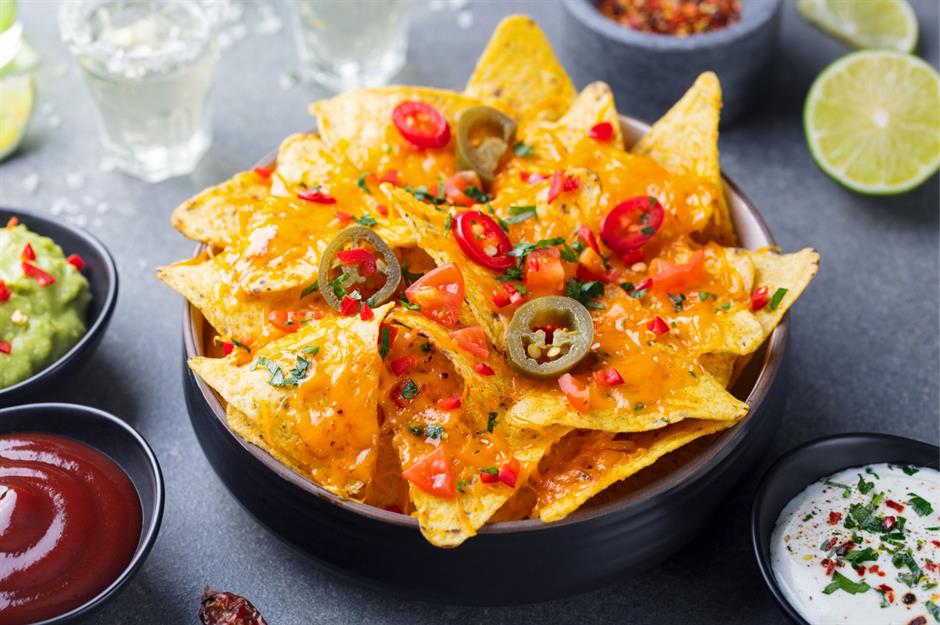
Cheesy tortilla chips with jalapeños are thought to be the creation of a chef called Ignacio Anaya, whose nickname was Nacho. He first whipped up the culinary masterpiece at a restaurant in Piedras Negras, Mexico for a group of hungry US military wives who couldn’t find an open restaurant anywhere.
An employee and owner argue over who invented deep-dish pizza
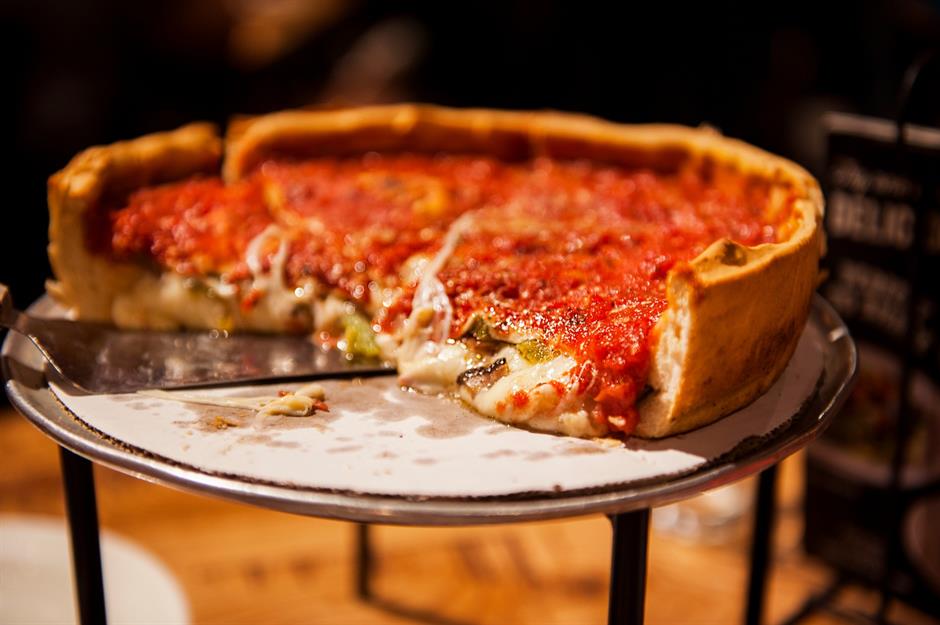
Unlike its thin-crust Neapolitan counterpart, deep-dish pizza originated at Ike and Ric Riccardo’s pizza joint Pizzeria Uno in Chicago in 1943. Some people credit the owners with its invention, but one-time employee Rudy Malnati claims cooking pizza in a pan with layers of cheese, meat and sauce was actually his genius idea.
One of Oreos’ original flavours was lemon meringue

The first Oreos to hit the shelves in 1912 were sold as part of a high-end biscuit selection and came in the chocolate and crème we love today, as well as a lemon meringue flavour. The citrus version was the less popular of the two and was discontinued in the 1920s.
Before buns, people ate sausages with white gloves
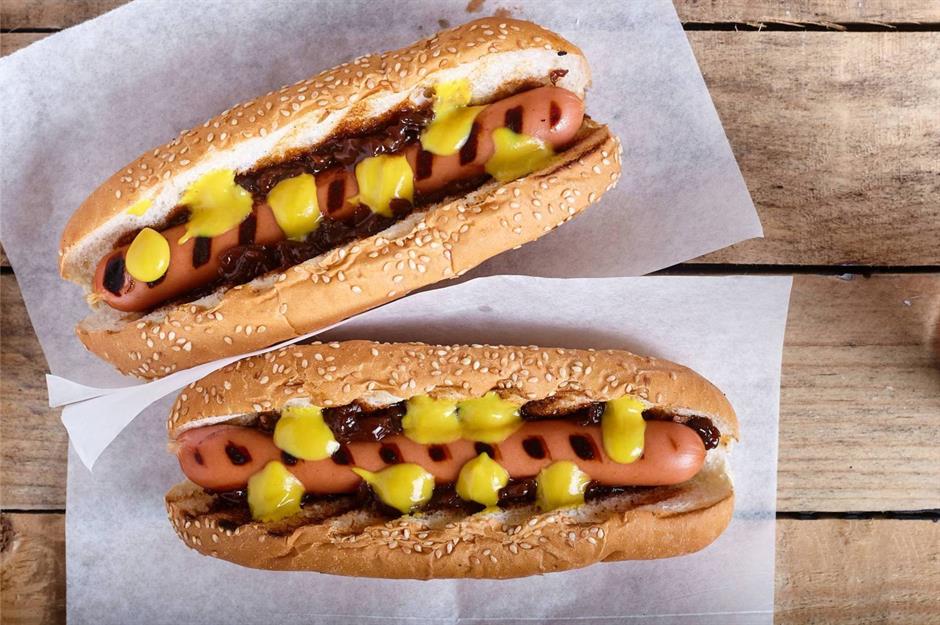
At the St. Louis World Fair in the 1800s, a sausage vendor was known to lend white gloves to his customers to wear while eating, however he grew tired of them never being returned. One day when he was running low, the vendor decided to give out long soft rolls instead and that’s why, legend has it, frankfurters are eaten in a bun today.
Nashville hot chicken was intended as revenge

Seriously spicy, cayenne pepper-covered crispy chicken is a Nashville speciality, but when it was first made it wasn’t intended to be enjoyed. The owner of Prince's Hot Chicken Shack, the place it’s thought to have been invented, said it was intended as a punishment for her great-uncle Thornton Prince for cheating on his girlfriend. However, the plan backfired as he enjoyed it and opened the restaurant to share it with others.
Farm-raised salmon is dyed pink
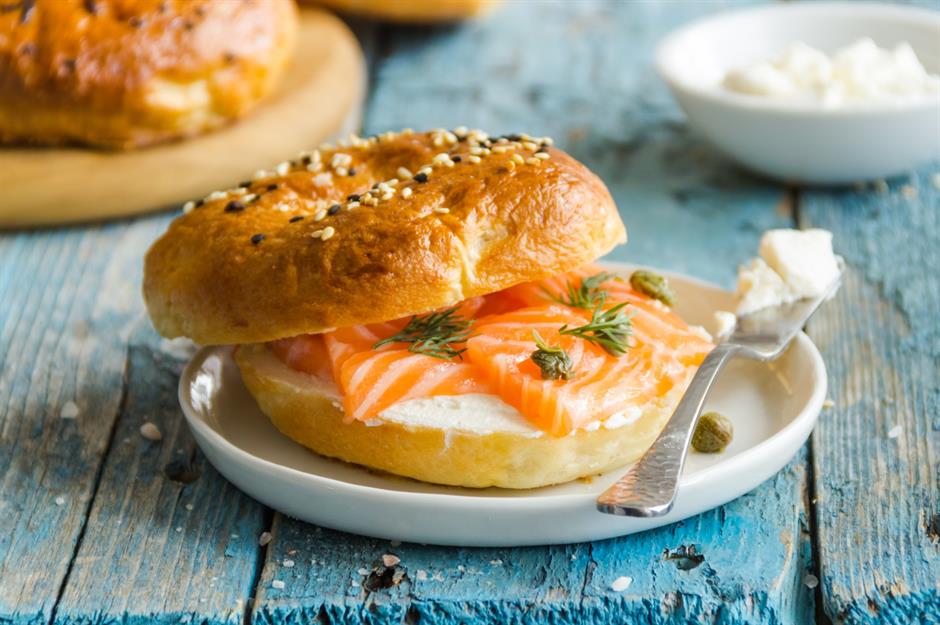
Pink salmon looks beautiful but 70% of what’s on the supermarket shelf is naturally grey. Only wild salmon is naturally pink because it feeds on krill and shrimp. So although farm-raised salmon is still healthy, it contains colourings. Just food for thought next time you're having a smoked salmon and cream cheese bagel.
Salisbury steak used to be thought of as healthy
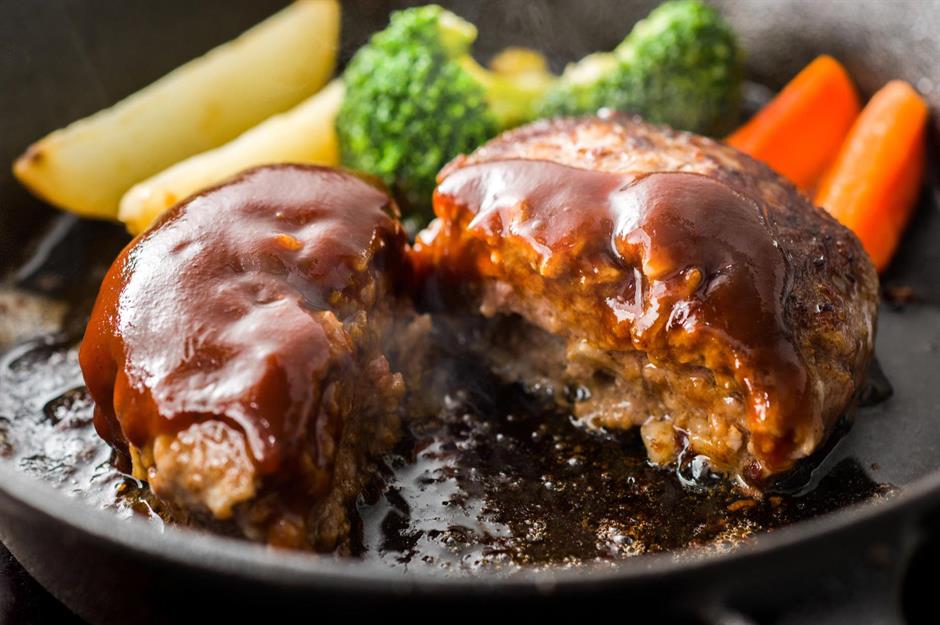
Popular in the 1970s, Salisbury steak is minced beef shaped into oblong patties, served with gravy. Still found on menus in diners, it doesn’t sound healthy by today’s standards. Which is why it’s surprising it was invented by American physician Dr Salisbury – albeit in the 19th century – as a health food that could improve digestion.
The word pretzel means "little reward"
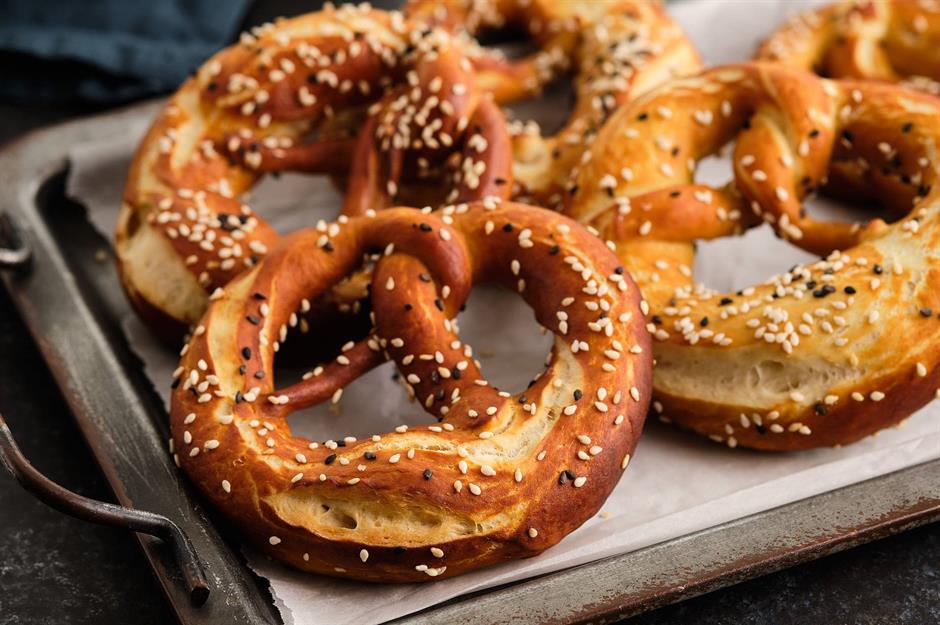
This favourite salty, doughy snack originated in Europe around the early 16th century. The word pretzel is thought to come from the Latin words “bracellae” meaning “little arms” and “pretiolas” meaning “little rewards”, as monks gave them to young children in class for reciting prayers correctly.
Candy floss was invented by a dentist
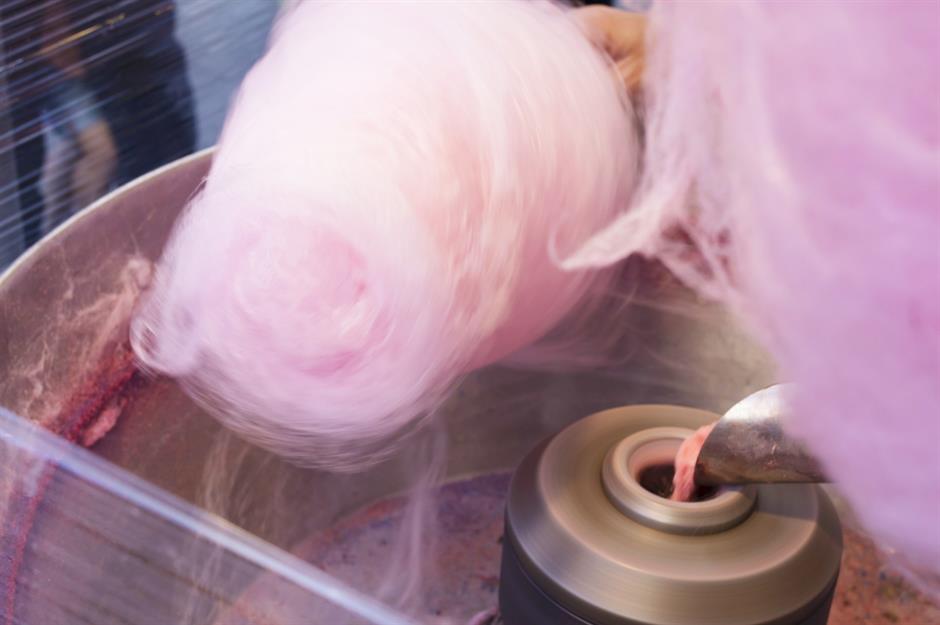
William James Morrison was a dentist, lawyer, children’s book author and politician in Nashville in the late 19th and early 20th century. He was also the mastermind behind several important inventions including a lard substitute, a process for purifying public drinking water and an electric candy floss machine.
Lobsters used to be served in prisons
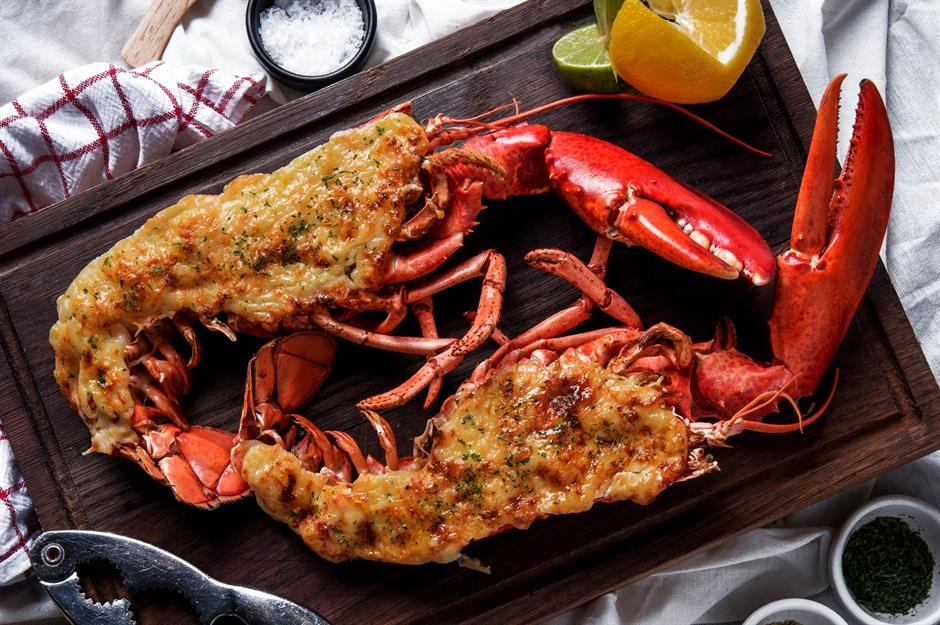
Once upon a time before commercial fishing, lobsters were abundant in America and considered a poor man’s food. Indigenous tribes also used ground lobsters as fertiliser and fishing bait, and steamed them for eating. Later on, 17th-century European settlers baked them into stews and served them to prisoners.
Students made peach pie Delaware’s official dessert

Peach farming has been important in Delaware since the 19th century. But it wasn’t until 2009 that peach pie was made The First State’s official dessert. The accolade was down to fifth and sixth-grade students from St. John's Lutheran School in Dover who campaigned for the fruity dish to be given the recognition it deserves.
Macaroni is very, very old
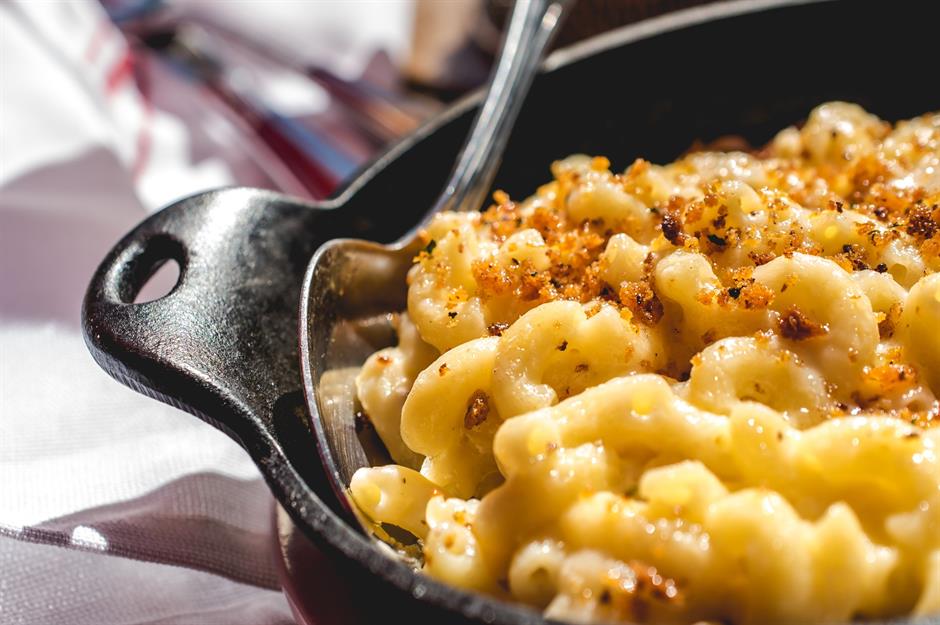
Mac ‘n’ cheese in a box might be modern but maccheroni, the Roman name for the narrow pasta tubes, has been around for centuries. There are references to it in Italian dishes in 13th-century writing and 17th-century Neapolitans were nicknamed "mangia maccheroni" meaning "macaroni-eaters" because they ate so much.
Popcorn was the first food to be microwaved
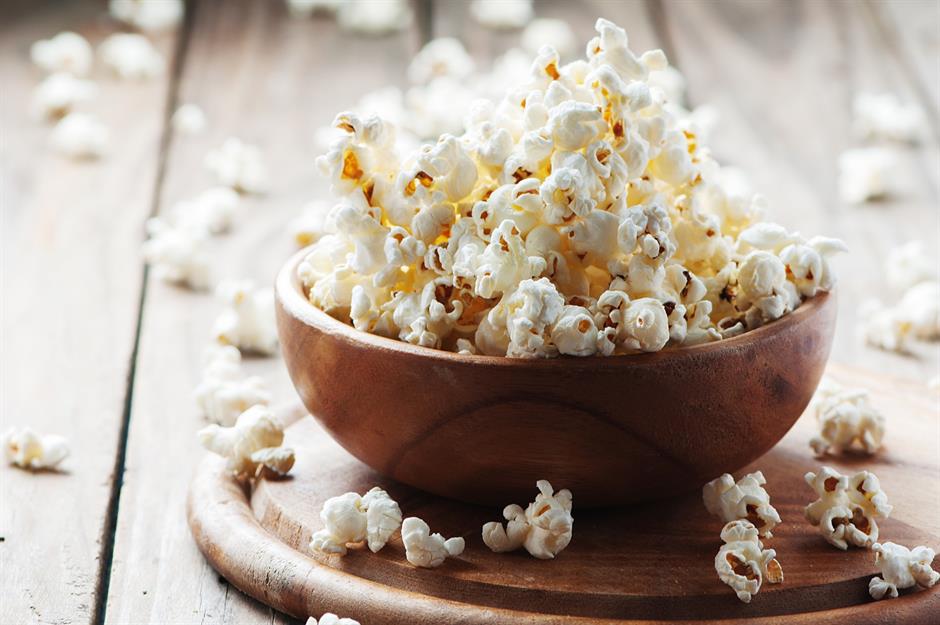
America’s favourite cinema snack has been around for thousands of years, however the microwave version wasn’t invented until 1946. A scientist was experimenting with a magnetron (a device that generates microwaves) and held it close to a kernel which popped. This was a breakthrough finding which helped conceive the first microwave and also microwave popcorn.
350 slices of pizza are eaten every second in the US
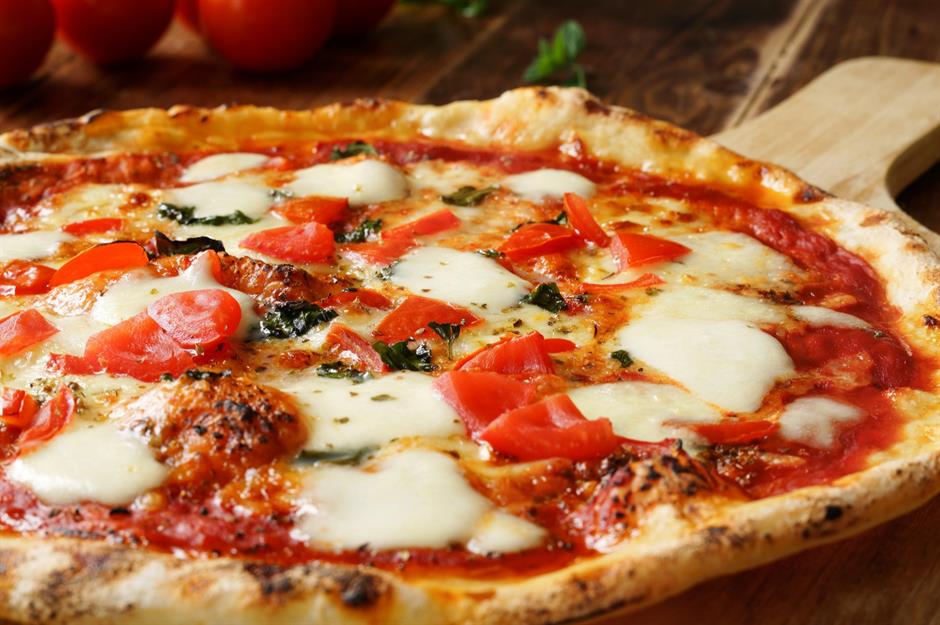
A surprise to some but maybe not to others, pizza is America’s favourite food. It’s preferred to steak, tacos, pasta and burgers. In fact, as a country, roughly 350 slices are eaten every second.
Now find out the surprising reasons why your favourite foods were invented
Comments
Do you want to comment on this article? You need to be signed in for this feature